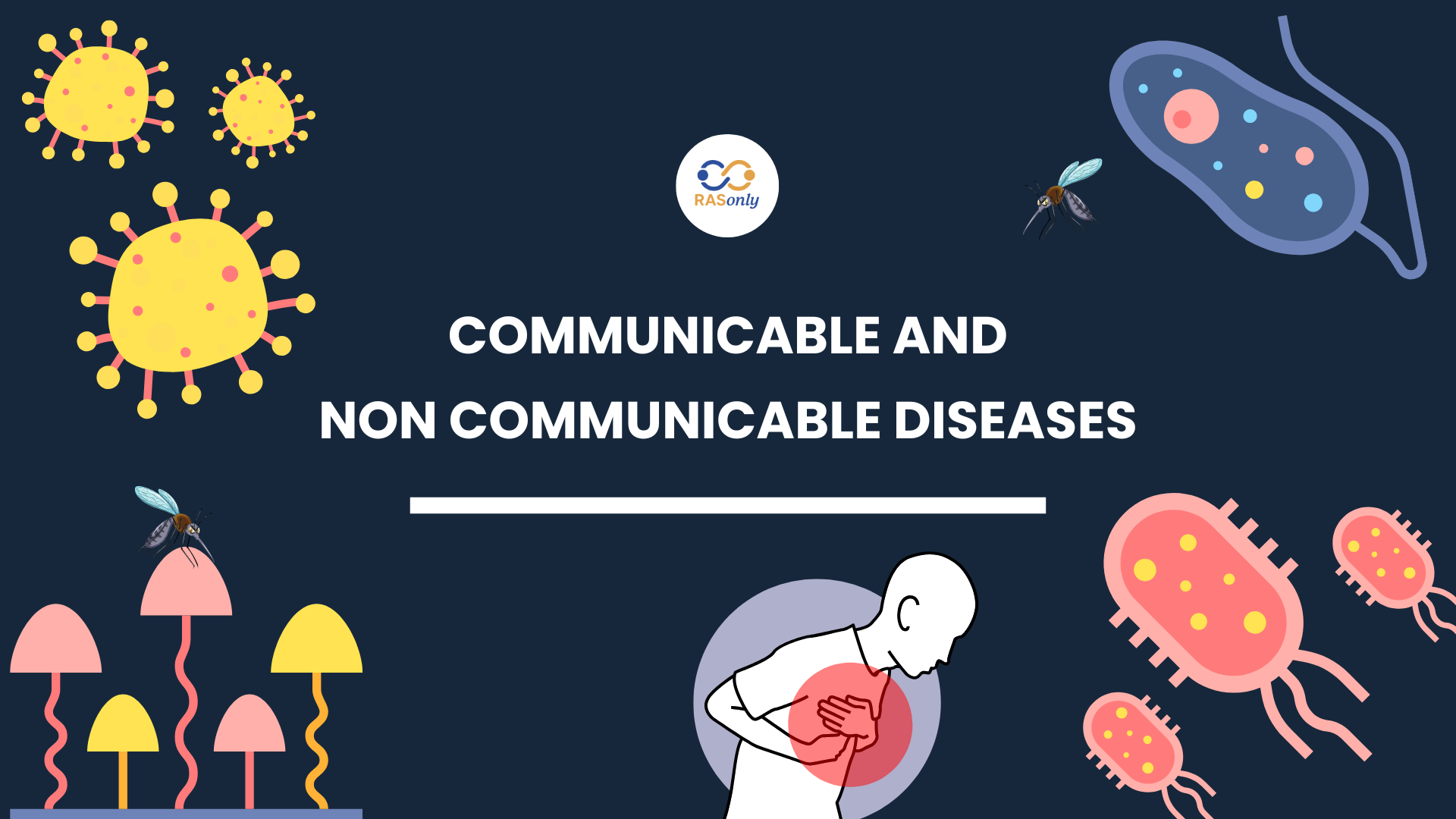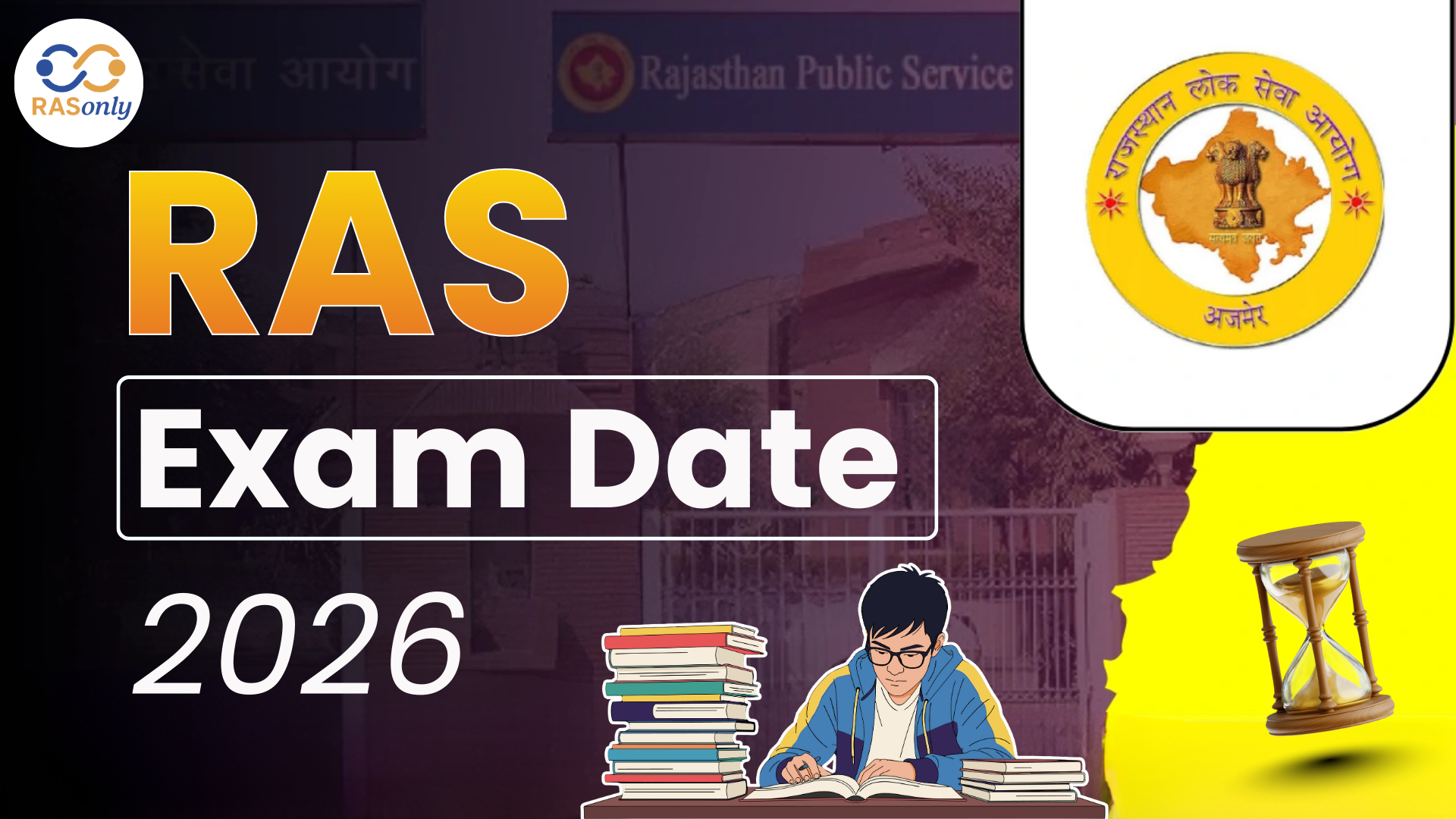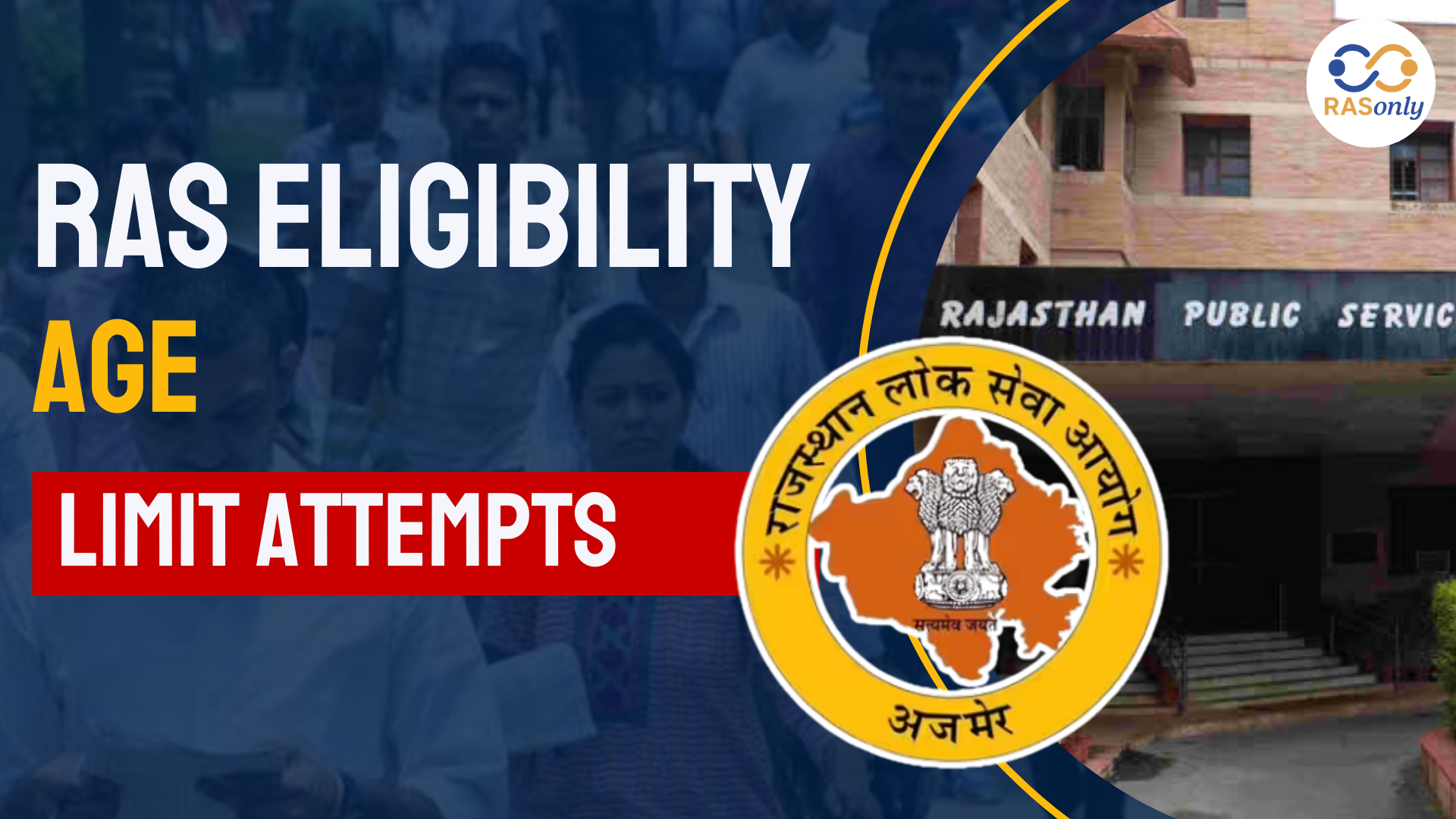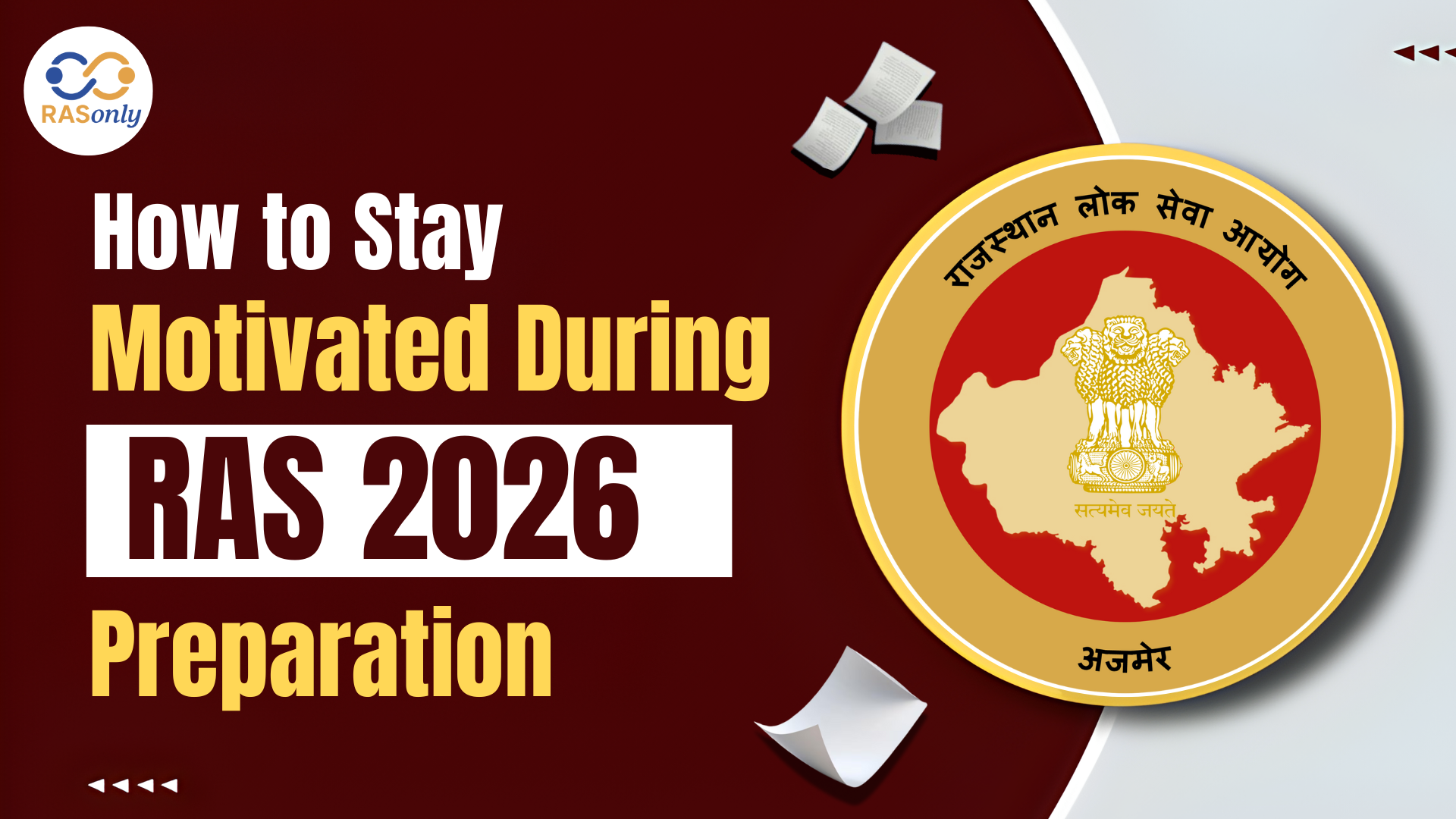RAS Exam Date 2026 for Notification, Prelims, Mains Date
- >
- RAS Preparation Resources
- >
- COMMUNICABLE AND NON COMMUNICABLE DISEASES
COMMUNICABLE AND NON COMMUNICABLE DISEASES


Communicable and Non Communicable diseases are two major groups of health conditions that affect the majority of people across the world. Communicable diseases are caused by infectious agents like germs, bacteria, viruses and parasites, while non communicable diseases are long-term health problems that are developed due to poor lifestyle factors.
What are Communicable diseases?
Communicable diseases are the diseases that are caused by infectious agents like germs, bacteria, viruses and parasites that can spread from one person to another directly or indirectly. Most of the communicable diseases are curable, but it depends on the specific disease. Some communicable diseases can be cured by taking medicines, while some do not have a complete cure, but can be controlled and reduced to some extent.
Examples of communicable diseases along with their cure are:
Disease Information
| Disease | Introduction | Causative Agent | Cure/Treatment |
|---|---|---|---|
| Tuberculosis (TB) | A bacterial infection that mainly affects the lungs and spreads through the air. | Mycobacterium tuberculosis | Treated with antibiotics like isoniazid and rifampicin for several months. |
| Malaria | Caused by parasites transmitted through mosquito bites; leads to fever and chills. | Plasmodium species (parasite) | Treated with antimalarial drugs such as ACT (Artemisinin-based combination therapy). |
| Typhoid | A bacterial infection spreads through contaminated food and water; causes high fever and weakness. | Salmonella typhi | Treated with antibiotics such as ciprofloxacin or azithromycin. |
| Influenza (Flu) | A viral infection that spreads easily through droplets from coughing or sneezing. | Influenza virus | Usually self-limiting; managed with antiviral drugs and rest. |
| COVID-19 | A viral disease caused by coronavirus, spreading mainly through respiratory droplets. | SARS-CoV-2 (Coronavirus) | No complete cure; managed with supportive care, antiviral medicines, and vaccines for prevention. |
What are Non Communicable diseases?
Non Communicable diseases are long-term diseases that are caused due to poor lifestyle factors. They usually developed due to a combination of genetic lifestyle, and environmental factors such as unhealthy diet, lack of physical activity, tobacco use, and stress. Most non communicable diseases are not completely curable, but they have proper medication to lessen their impact and prevent complications.
Examples of non communicable diseases are:
Disease Information
| Disease | Introduction | Main Cause | Management/Treatment |
|---|---|---|---|
| Diabetes | A condition where the body cannot regulate blood sugar properly, leading to high glucose levels. | Genetic factors, unhealthy diet, lack of exercise | Managed with medication (like insulin), healthy diet, and regular exercise. |
| Hypertension | A condition where blood pressure remains consistently high, putting strain on the heart and arteries. | High salt intake, stress, obesity, family history | Controlled with antihypertensive drugs, reduced salt intake, and stress management. |
| Cancer | Uncontrolled growth of abnormal cells in the body that can spread to other parts. | Genetic mutations, smoking, radiation, lifestyle factors | Treated with surgery, chemotherapy, radiation therapy, and targeted drugs. |
| Heart Disease | Conditions affecting the heart, such as blocked arteries or weak heart muscles. | High cholesterol, smoking, unhealthy diet, lack of exercise | Managed with medicines, healthy diet, exercise, and sometimes surgery (like bypass). |
| Asthma | A chronic respiratory condition causing breathing difficulty due to inflamed airways. | Allergies, pollution, genetic factors | Managed with inhalers, avoiding triggers, and long-term medication if needed. |
Difference Between Communicable and Non-Communicable Diseases
| Basis | Communicable Diseases | Non-Communicable Diseases |
|---|---|---|
| Meaning | Diseases that can spread from one person to another directly or indirectly. | Diseases that do not spread from person to person. |
| Cause | Caused by infectious agents like bacteria, viruses, fungi, or parasites. | Caused by genetic factors, lifestyle habits, or environmental conditions. |
| Transmission | Transmitted through air, water, food, physical contact, or vectors like mosquitoes. | Not transmitted between people. |
| Prevention | Vaccination, good hygiene, vector control, safe food and water. | Healthy lifestyle, regular exercise, balanced diet, avoiding tobacco and alcohol. |
| Treatment | Often treated with medicines like antibiotics, antivirals, or antiparasitics. | Usually managed with long-term medication, lifestyle changes, and sometimes surgery. |
| Duration | Usually short-term (acute), but some can become chronic if untreated. | Usually long-term and chronic, requiring lifelong management. |
CONCLUSION
Taking care of health is one’s own responsibility and small actions in daily life. Germ-spread diseases can often be stopped with clean hands, safe food and water, and vaccines. Long-term diseases are more about how we live-eat well, stay active, avoid tobacco and too much alcohol, and manage stress.
Post Category
- RAS Salary
- Result
- RAS Admit Card
- RAS Job
- RAS Cutoff
- Preparation Tips
- RAS Answer Key
- RAS Exam Analysis
- RAS Syllabus
- RAS Previous Year Papers
- RPSC RAS Exam Pattern
- RAS Interview
- RAS Mains Exam Date
- RAS Vacancy
- RAS Test Series
- RAS Best Books
- RAS Preparation Resources
- RAS Coaching Centre
- History
- Polity
- Geography
- Economics
- Science
- Art and Culture
- RPSC RAS Application Form
- RPSC RAS Notification
RASonly Interview Guidance Program

Mr. Ashok Jain
Ex-Chief Secretary Govt of Rajasthan
- IAS officer of the 1981 batch, Rajasthan cadre.
- Passionate about mentoring the next generation of RAS officers with real-world insights.
- Got retired in Dec 2017 from the post of Chief Secretary of the state of Rajasthan.

Mr. Guru Charan Rai
Ex-ASP / SP in Jaisalmer
- Guru Charan Rai, IPS (Retd), retired as Inspector General of Police (Security), Rajasthan, Jaipur in 2017.
- Served as ASP and SP in Jaisalmer, Nagaur, Sri Ganganagar, Sawai Madhopur, Dausa, Sikar, and Karauli.
- He also held key positions as DIGP and IGP in the Law and Order division.

Mr. Rakesh Verma
Ex-IAS Officer, B.Tech, MBA, and M.A. (Economics)
- IAS officer of the 1981 batch and retired in Chief Secretary Rank.
- Civil servant of high repute and vast experience.
- Has been teaching UPSC CSE subjects for the last six years.
Related Post
👉🏻 Register Today to Join Classes! 👍🏻
- Team RASOnly -
🎯 Benefits of RASOnly Coaching:
- ✅ 1:1 Mentorship with RAS Officers
- ✅ Experienced and Expert Faculty
- ✅ Free Library Access
- ✅ Daily Minimum 4 Hours Must
- ✅ Comprehensive Study Material
- ✅ Regular Tests & Performance Analysis
- ✅ Personalized Guidance & Doubt Solving
- ✅ Online & Offline Class Options
- ✅ Affordable Fees with Quality Education
Key Highlights:
- 👉🏻 3-Day Refund Policy
- 👉🏻 New Batch Starting from 04 August
- 👉🏻 Registration Amount: Only ₹1000





